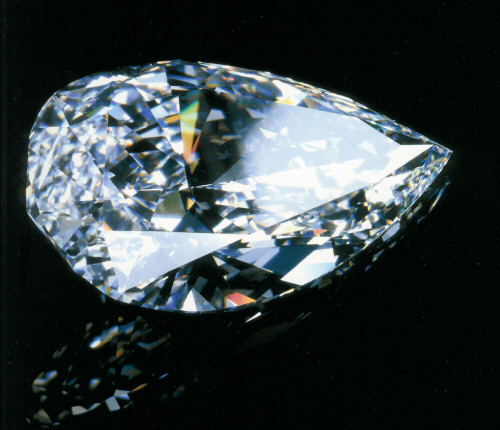
Natural pearls begin to form when an irritant finds it's way into the shell of an oyster. The oyster tries to free itself of the irritant, but cannot.
The oyster's next option is to coat the intruder with layers of a substance called "nacre", or calcium carbonate.
As years pass, the irritant becomes a bead which grows into a pearl.
Cultured Pearls are formed much as are natural pearls. The difference is primarily the manner in which the irritant is introduced.
The oyster shell is carefully opened enough to accurately place a small bead in the oyster.
Then the oyster is returned to a natural environment for sufficient time to allow the oyster to form the layers of nacre.
Keshi are unseeded cultured natural in a baroque shape that occur naturally in oysters that have been seeded.
Sometimes Keshi pearls are mistaken for freshwater pearls, but the luster and color is more complex than freshwater varieties.
Imitation Pearls are manufactured imitations of glass, wax, fish scale and other uninteresting materials
Pearl Selection Characteristics that determine the value of pearls.
Luster - by far the most important factor. The higher the luster the more beautiful the pearl
Finish aka Complexion - is second in importance. The absence of pits and blemishes enhances the value
Shape - perfect rounds are much more rare than teardrop, button or baroques
Size - value increases rapidly with diameter which relates directly with the time required for the pearl to grow.
Color - less of a value factor and more subjective. White, silver and gold are the more popular hues.











